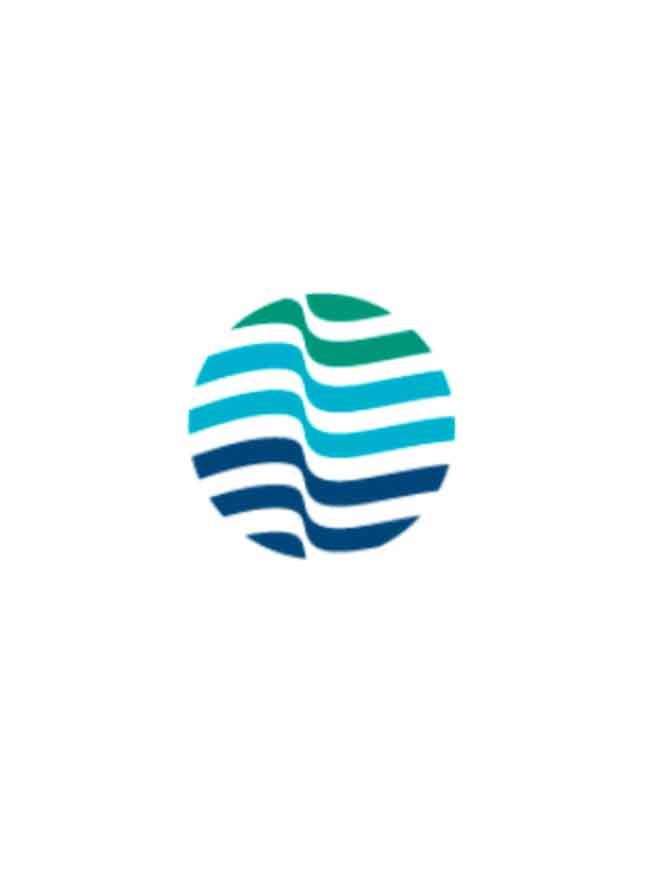Integrating Water Efficiency into Long‐Term Demand Forecasting
Integrating Water Efficiency into Long‐Term Demand Forecasting
Overview
Per capita water use in the United States has fallen by more than 40% since the 1970s. In some areas, reductions in per capita water use have offset continued population and economic growth, such that total water use has remained constant or even declined. A key driver in reducing per capita water demand is the greater uptake of water efficient appliances and fixtures.
Many demand forecasts do not adequately account for efficiency improvements and the resulting changes in per capita water usage, thereby overestimating future water demand. Overestimating future water demand can, for example, result in millions of dollars of unnecessary expenditures, loss of consumer confidence and goodwill, and adverse impacts on system water quality and local economies.
This report aims to help water planners and managers improve the reliability of long-term water demand forecasts by more accurately accounting for factors likely to affect future demand, including building codes, efficiency standards, and third-party certification programs.
The report was produced by researchers at the Pacific Institute, Institute for Sustainable Futures at the University of Technology Sydney, and the Alliance for Water Efficiency. It was published by the Water Research Foundation.


